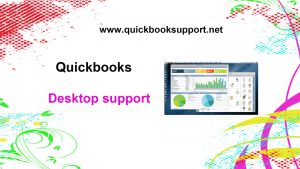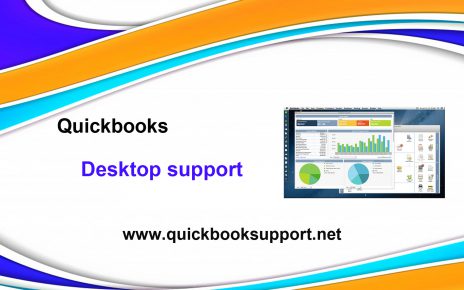In this this article you will learn the different ways in which you can track customer transactions in QuickBooks Desktop. To know more, contact QuickBooks Desktop Support.
In QuickBooks Desktop, you can record common customer transactions. You can organize your cash flow, and track sales, receivables, and profitability more accurately by following these workflows.
Workflow 1: Invoice – Payment – Deposit
If you need a product or service and your customer plans to pay later you can follow this workflow. You can record the payment in QuickBooks once your customer pays to close your customer’s invoice or reduce the balance.
- By creating an invoice
- By recording the invoice payment
- By depositing your customer’s payment
Workflow 2: Sales Receipt – Deposit
- If your customer pays you on the spot for a product or service you need to follow this workflow.
- By recording the invoice payment
- By depositing your customer’s payment
Workflow 3: Estimate – Invoice – Payment – Deposit
This workflow can also be termed as progress invoicing. If you work on projects or jobs for customers you can follow this workflow. To track the materials, labor, and additional expenses that go into the project you can use an estimate (also known as a quote, bid, or proposal). As you complete the work, you can then invoice your customer.
Read the article further to learn how to set up and send progress invoices.
Workflow 4: Sales Order – Invoice – Payment – Deposit
If your customer orders an item that you don’t have in stock now you can follow this workflow. This way, you can complete your customer’s order on time as you know what products you still need to buy from vendors.
- Please Note: You can only use this sales order feature in the Premier and Enterprise edition of QuickBooks.
- For items on back-order, create a sales order
- From your sales order,create an invoice
- By recording the invoice payment
- By depositing your customer’s payment

Workflow 5: Estimate – Sales Order – Invoice – Payment – Deposit
- If you don’t have complete materials on hand yet and need to complete a project follow this workflow.
- In order to track the items on back order you can create a sales order from your estimate. Once the project is complete,you can then create an invoice from the estimate.
- Please Note: You can only use this sales order feature in the Premier and Enterprise edition of QuickBooks.
- To your customer, create and send the project estimate.
- From your estimate, create a sales order
- From your sales order, create an invoice
- By recording the invoice payment
- By depositing your customer’s payment
Workflow 6: Statement Charges – Finance Charges – Statement – Payment – Deposit
- If you regularly charge your customer for items and invoice them periodically then you can follow this workflow (for instance, by the end of the month). Your customer can pay their accrued charges in a lump sum by skipping to create an invoice for each charge.
- Firstly, you need to create your customer’s statement charges
- Now, assess finance charges (for overdue charges)
- For your customer, create and send the billing statement
- By recording the invoice payment
- By depositing your customer’s payment
To know more about different ways in which you can track customer transactions in QuickBooks Desktop, call us on our QuickBooks desktop support number. You can also write to us at support@quickbooksupport.net. For more information visit – www.quickbooksupport.net .

Comments are closed.